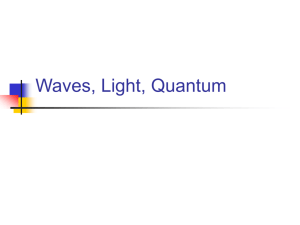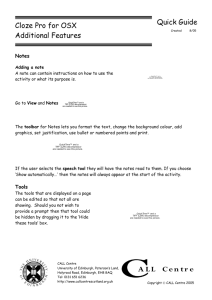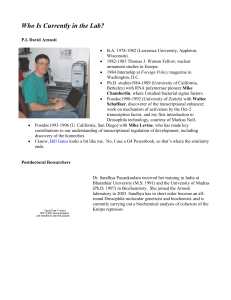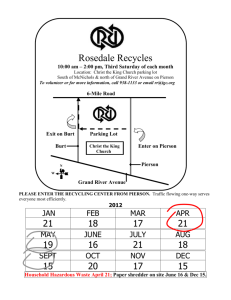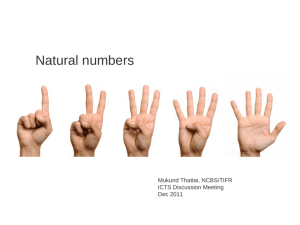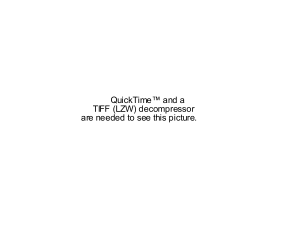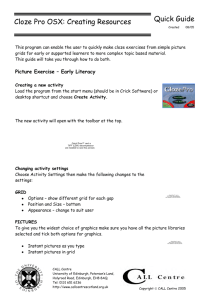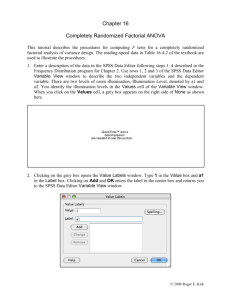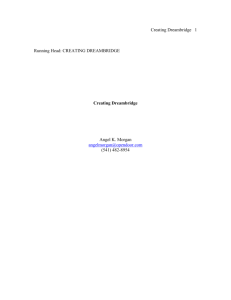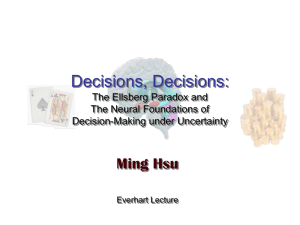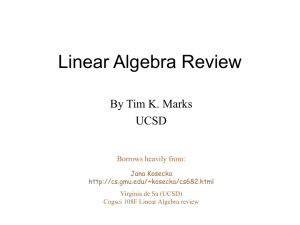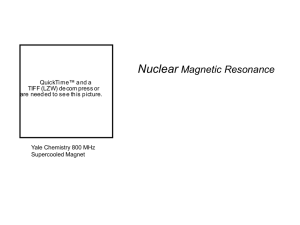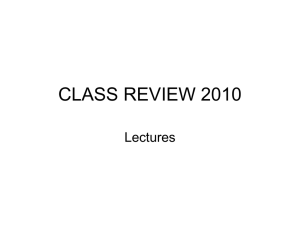Balanced and Unbalanced Forces
advertisement
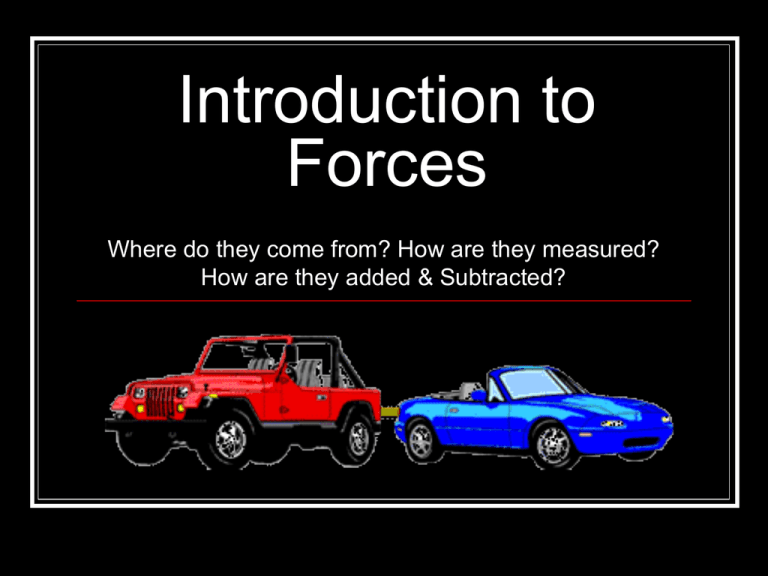
Introduction to Forces Where do they come from? How are they measured? How are they added & Subtracted? Here’s Tim & Mobey on Force Brainpop Log is: mms308 / password: marshall What does motion have to do with Forces? You’d be surprised at how closely these two concepts go together. Suppose I asked you to move a heavy desk in the classroom. How would you move it? Get on one side & start pushing Grab the legs & start pulling Either way, you would be using force. What is a force? A push or pull Change the motion of all objects Anytime you see something moving, you can be sure that a force created its motion. Forces are Everywhere Without forces, sports, dancing, driving… basically everything would be impossible. Some forces, like weight, are present when things are not moving. Types of Forces 1. Contact force: created between two touching objects (holding a pencil, hugging someone, etc) 2. Gravity: force of attraction between two objects, Earth’s gravity pulls on all objects 3. Friction: a force that resists motion between two surfaces that are pressed together QuickTime™ and a TIFF (LZW) decompressor are needed to see this picture. Types of Forces Looking at this picture again, there is another force present … what is it? What is holding the skater up? The ground! It is called the normal force. It is the support force exerted upon an object which is in contact with another stable object. For example, if a book is resting upon a surface, then the surface is exerting an upward force upon the book in order to support the weight of the book. Normal Force Units Newton (N) 1 newton = accelerating a 1 kg object at 1 m/s each second 1 pound = 4.448 newtons QuickTime™ and a TIFF (LZW) decompressor are needed to see this picture. QuickTime™ and a TIFF (Uncompressed) decompressor are needed to see t his picture. Forces have MAGNITUDE & Direction Like velocity, force is a vector. That means it has size (magnitude) & direction. Magnitude = amount or strength of the force Measured in Newtons Force Vectors A vector is an arrow used to show the direction & size of a force. The arrow points in the direction of the force. The length or thickness of the arrow represents the size or magnitude of the force. Force Vector Examples A smaller force of 5 N would have a small skinny arrow. A larger force of 500 N would have either a long arrow or a thick one. (yes, this a real image of The Shockwave jet truck traveling at at 376 mph - it set the record for semis.) Combining forces Usually, more than one force is exerted on an object at the same time. The sum of all forces acting on an object is called the net force. You need to look at the net force in order to figure out if or how an object will move. Balanced Forces Net force = zero No change in motion (object is not moving) List 3 examples of balanced forces: Paper on desk You in the chair Flag not moving Unbalanced Forces There is a net force acting on an object. Causes a change in motion Possible to add the forces together to find the size & direction of the net force. Unbalanced forces If the forces are moving in the same direction, add the forces. Example: Girl pushes 25 N to the right Boy pulls 20 N to the right Net Force = 45 N to the right The piano moves to the right Unbalanced forces If the forces are moving in opposite directions, subtract the forces. Example: Dog #1 pulls 10 N to the left Dog #2 pulls 12 N to the right Net Force = 2 N to the right 8. Forces & Motion QuickTime™ and a decompressor are needed to see this picture. You Try It: Calculating Net Force You Try It: Net Force You Try It: Net Force Sample Test Question #1 Answer: D Each box has the same magnitude of force (3 N), but in 3 different directions. That makes them totally different from one another. D is the only possible answer. Sample Test Question #2 Answer: A The box will move 30 N downward & 10 N to the left Sample Test Question #3 Four forces are acting on a plane; lift, drag, thrust, and weight. Using the values in the picture, what is the net force (direction & size) acting on the plane? QuickTime™ and a TIFF (LZW) decompressor are needed to see this picture. Answer: 5,000 N upward QuickTime™ and a TIFF (LZW) decompressor are needed to see this picture. Qui ckTime™ and a TIFF (LZW) decompr essor are needed to see this pictur e. Draw this in your little book in “additional notes” 9. What if Obi-Wan had used only Force and not deceleration? QuickTime™ and a decompressor are needed to see this picture.





